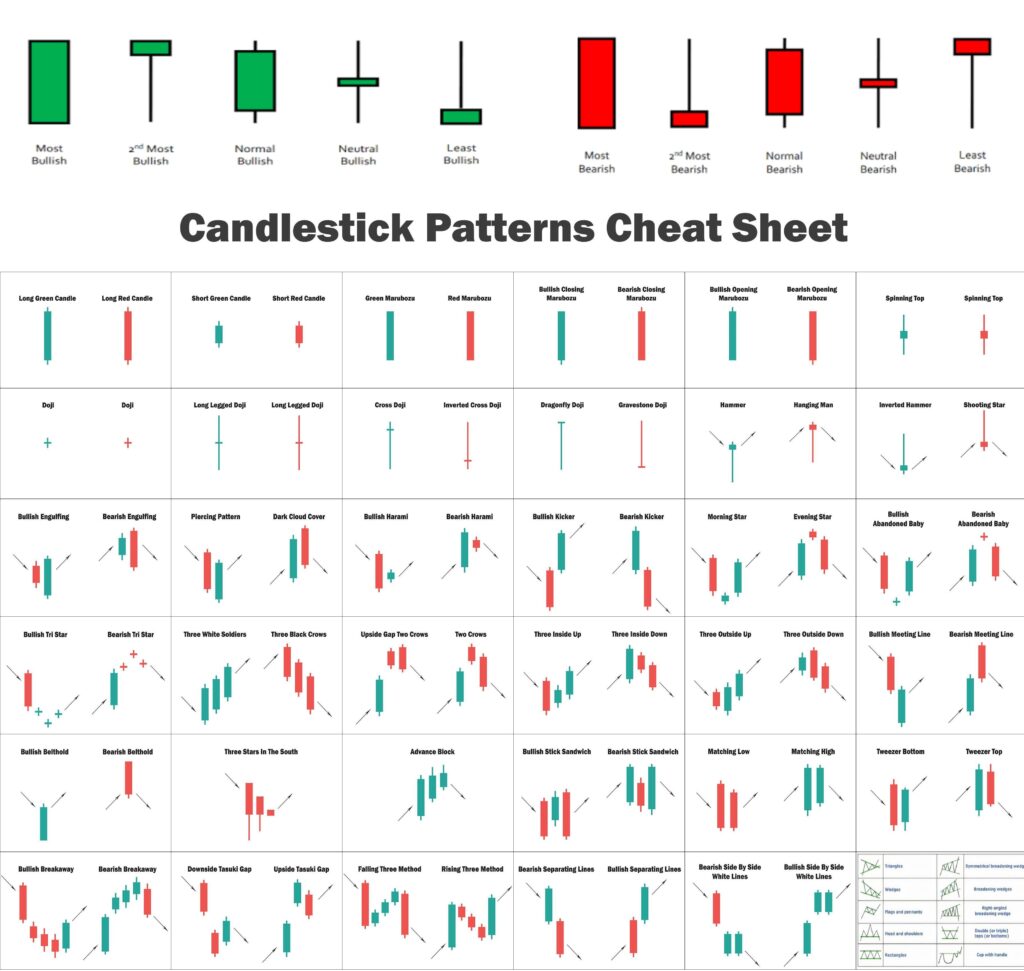Interactive platforms have revolutionized trading education by providing students with access to real-time data and simulations. These platforms offer a dynamic learning environment where students can practice trading strategies and analyze market trends in real-time. By integrating interactive platforms into the curriculum, educators can enhance the learning experience and prepare students for real-world trading challenges.
One of the primary benefits of interactive platforms is their ability to provide hands-on experience. Students can use these platforms to execute trades, monitor market movements, and analyze data, gaining practical insights into the trading process. This experiential learning approach helps students develop the skills and confidence needed to navigate the financial markets effectively.
In addition to real-time data, interactive platforms offer a range of educational resources, including tutorials, webinars, and quizzes. These resources can supplement classroom teaching and provide students with additional learning opportunities. Educators can use these resources to reinforce concepts taught in class and ensure a comprehensive understanding of trading principles.
Moreover, interactive platforms facilitate collaboration and communication among students. By creating a community of learners, these platforms encourage students to share insights, discuss strategies, and learn from each other. This collaborative learning approach fosters a supportive environment where students can develop their trading skills collectively.
Educators can also use interactive platforms to create customized learning experiences tailored to individual student needs. By leveraging the platform’s features, educators can design lessons that cater to different learning styles and preferences. This personalized approach ensures that each student receives the support and guidance needed to succeed in their trading education.
Interactive platforms have transformed trading education by providing a dynamic and engaging learning environment. By integrating these platforms into the curriculum, educators can offer students a practical and comprehensive trading education, equipping them with the skills and knowledge needed to excel in the financial markets.

